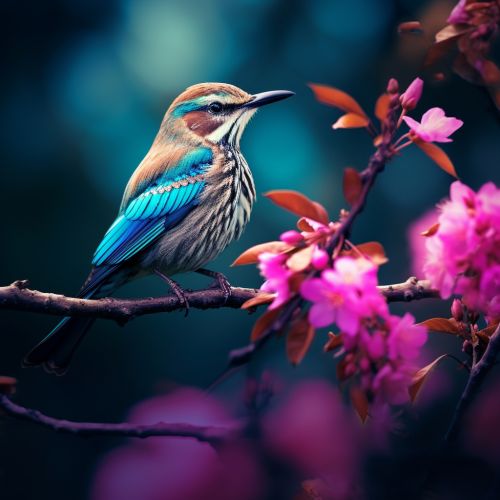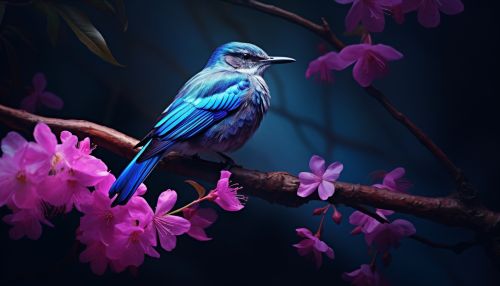The Science of Animal Camouflage and Visual Perception
Introduction
Animal camouflage is a survival strategy employed by a wide range of species to avoid detection by predators or prey. It involves the use of coloration, patterning, and behavior to blend with the surrounding environment. The science of animal camouflage is a fascinating intersection of biology, ecology, and physics, exploring how animals perceive their environment and adapt their appearance accordingly.
Visual Perception in Animals
Visual perception in animals is a complex process that involves the interpretation of visual signals by the brain to form an image of the environment. This process varies greatly among different species, with some animals capable of seeing a broader spectrum of colors and finer details than humans. For example, many birds and insects can see ultraviolet light, which is invisible to the human eye. This ability allows them to perceive patterns and colors on flowers and other animals that humans cannot see.


Mechanisms of Camouflage
Animal camouflage operates through several mechanisms, including background matching, disruptive coloration, countershading, and counterillumination.
Background Matching
Background matching is the most common form of camouflage, where an animal's coloration matches the general color and pattern of its environment. This strategy reduces the likelihood of detection by predators or prey. For example, a snowshoe hare's coat turns white in winter to match the snowy landscape, making it less visible to predators.
Disruptive Coloration
Disruptive coloration involves the use of high-contrast markings to break up the outline of an animal's body, making it harder to recognize. This form of camouflage is often seen in animals with stripes or spots, such as zebras and leopards.
Countershading
Countershading is a form of camouflage where an animal's upper body is darker than its lower body. This gradient of color helps to counteract the effect of sunlight, making the animal appear flat and less three-dimensional to observers below or above.
Counterillumination
Counterillumination is a sophisticated form of camouflage seen in some marine animals, such as squid and lanternfish. These animals have light-emitting organs on their undersides that match the intensity and color of the light coming from the surface, making them invisible to predators looking up from the depths.
Evolution of Camouflage
The evolution of camouflage is a prime example of natural selection in action. Animals with effective camouflage are more likely to survive and reproduce, passing on their advantageous traits to their offspring. Over generations, these traits become more common in the population, leading to the evolution of highly specialized forms of camouflage.
Camouflage and Human Perception
While animal camouflage is designed to deceive the visual systems of other animals, it can also be effective against human observers. This has implications in various fields, from wildlife photography and birdwatching to military tactics and clothing design.
